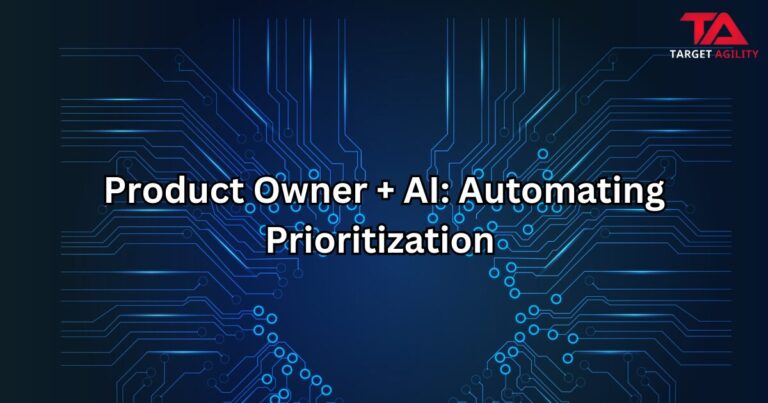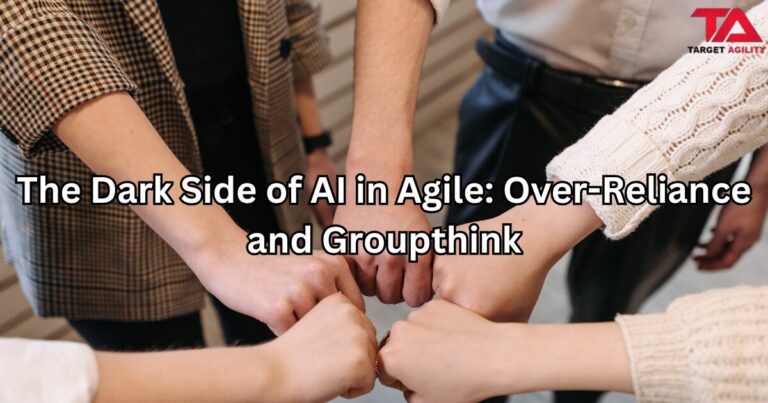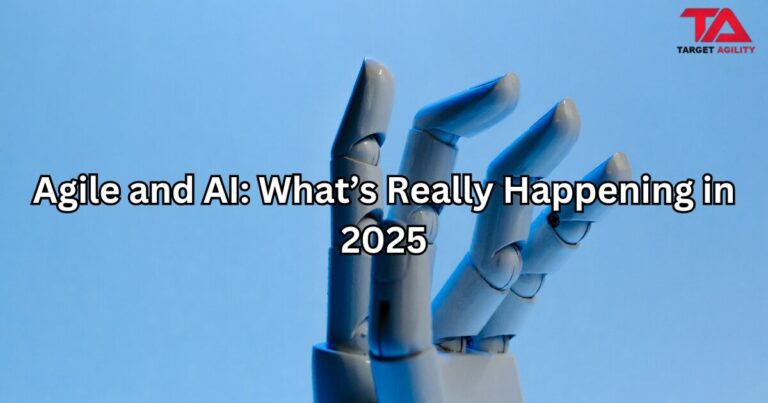Introduction

In the world of software development, there are two main project management methodologies: waterfall and agile. Both methodologies have their own strengths and weaknesses, and the best approach for a particular project will depend on a number of factors, such as the size and complexity of the project, the level of uncertainty involved, and the needs of the stakeholders.
Waterfall Methodology
The waterfall methodology is a linear, sequential approach to project management. Each phase of the project must be completed before the next phase can begin. This approach is well-suited for projects where the requirements are well-defined and there is little uncertainty.
The waterfall methodology can be broken down into the following phases:
- Requirements gathering: The requirements for the project are gathered from the stakeholders.
- Systems analysis: The requirements are analyzed to determine the best way to implement them.
- Design: The system is designed.
- Development: The system is developed.
- Testing: The system is tested.
- Deployment: The system is deployed to production.
Agile Methodology
The agile methodology is an iterative, incremental approach to project management. The project is broken down into small, manageable chunks, and each chunk is developed and delivered in a short sprint. This approach is well-suited for projects where the requirements are not well-defined or where there is a high level of uncertainty.
The agile methodology can be broken down into the following phases:
- Sprint planning: The team meets to plan the next sprint.
- Sprint execution: The team works on the tasks for the sprint.
- Sprint review: The team demos the work they have done to the stakeholders.
- Sprint retrospective: The team reflects on the sprint and identifies areas for improvement.
Comparison of Waterfall and Agile
The following table compares the waterfall and agile methodologies on a number of dimensions:
| Dimension | Waterfall | Agile |
| Planning | Extensive upfront planning | Less planning, more focus on iteration and adaptation |
| Communication | Communication is primarily between stakeholders and project manager | Communication is more fluid and occurs throughout the project |
| Risk management | Risks are identified and managed early in the project | Risks are identified and managed throughout the project |
| Change management | Changes are difficult to make once the project has started | Changes are easier to make because the project is broken down into smaller chunks |
| Documentation | Extensive documentation is created | Less documentation is created |
| Testing | Testing is done at the end of the project | Testing is done throughout the project |
| Deployment | Deployment is done at the end of the project | Deployment can happen multiple times throughout the project |
Which Methodology is Right for You?
The best approach for a particular project will depend on a number of factors, such as the size and complexity of the project, the level of uncertainty involved, and the needs of the stakeholders.
If the project is large and complex, with well-defined requirements, then the waterfall methodology may be a good fit. If the project is small and simple, with less well-defined requirements, then the agile methodology may be a better fit.
Ultimately, the best way to decide which methodology is right for you is to consider the specific needs of your project.
Conclusion
The waterfall and agile methodologies are two of the most popular project management methodologies in software development. Both methodologies have their own strengths and weaknesses, and the best approach for a particular project will depend on a number of factors.










